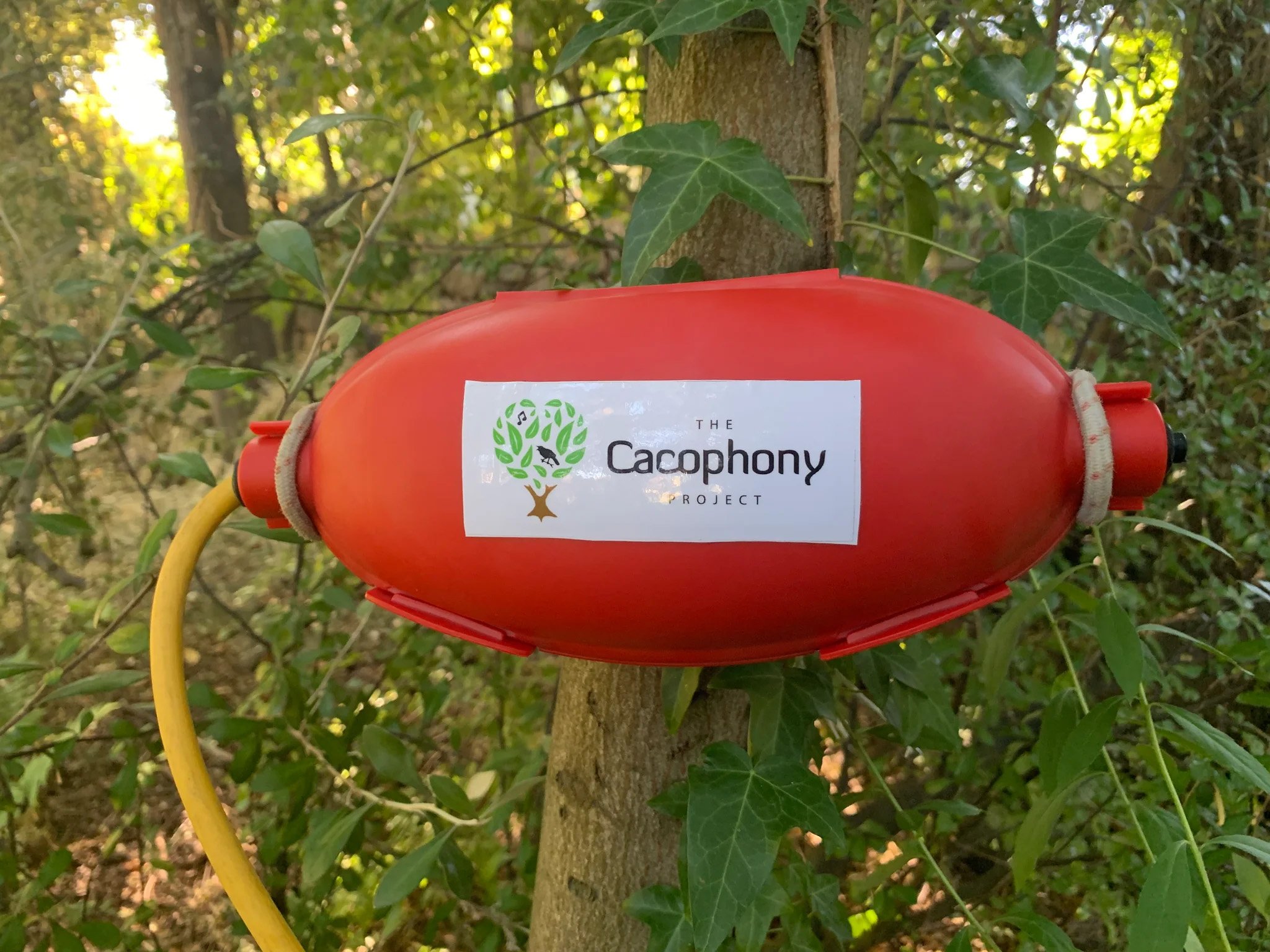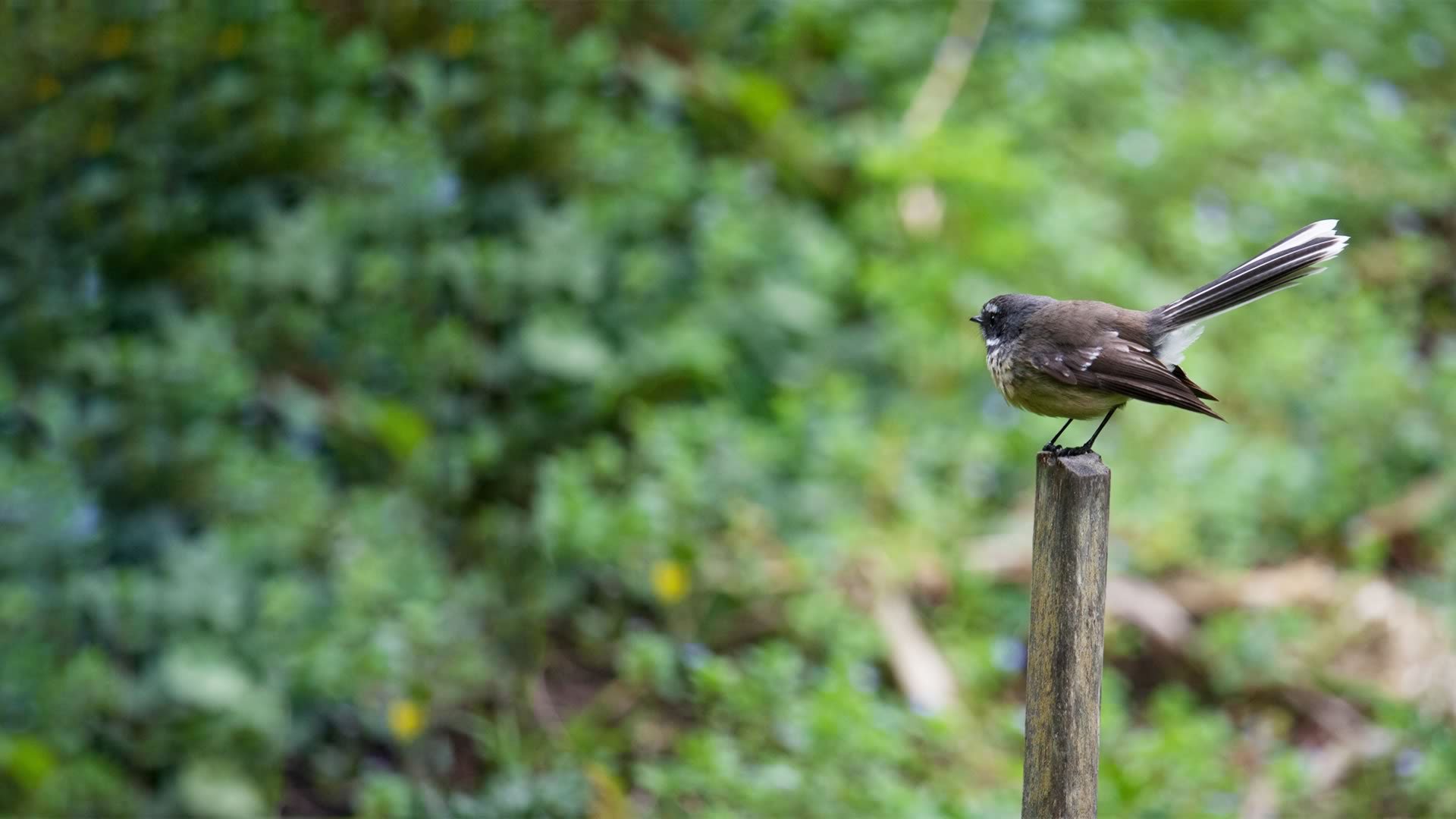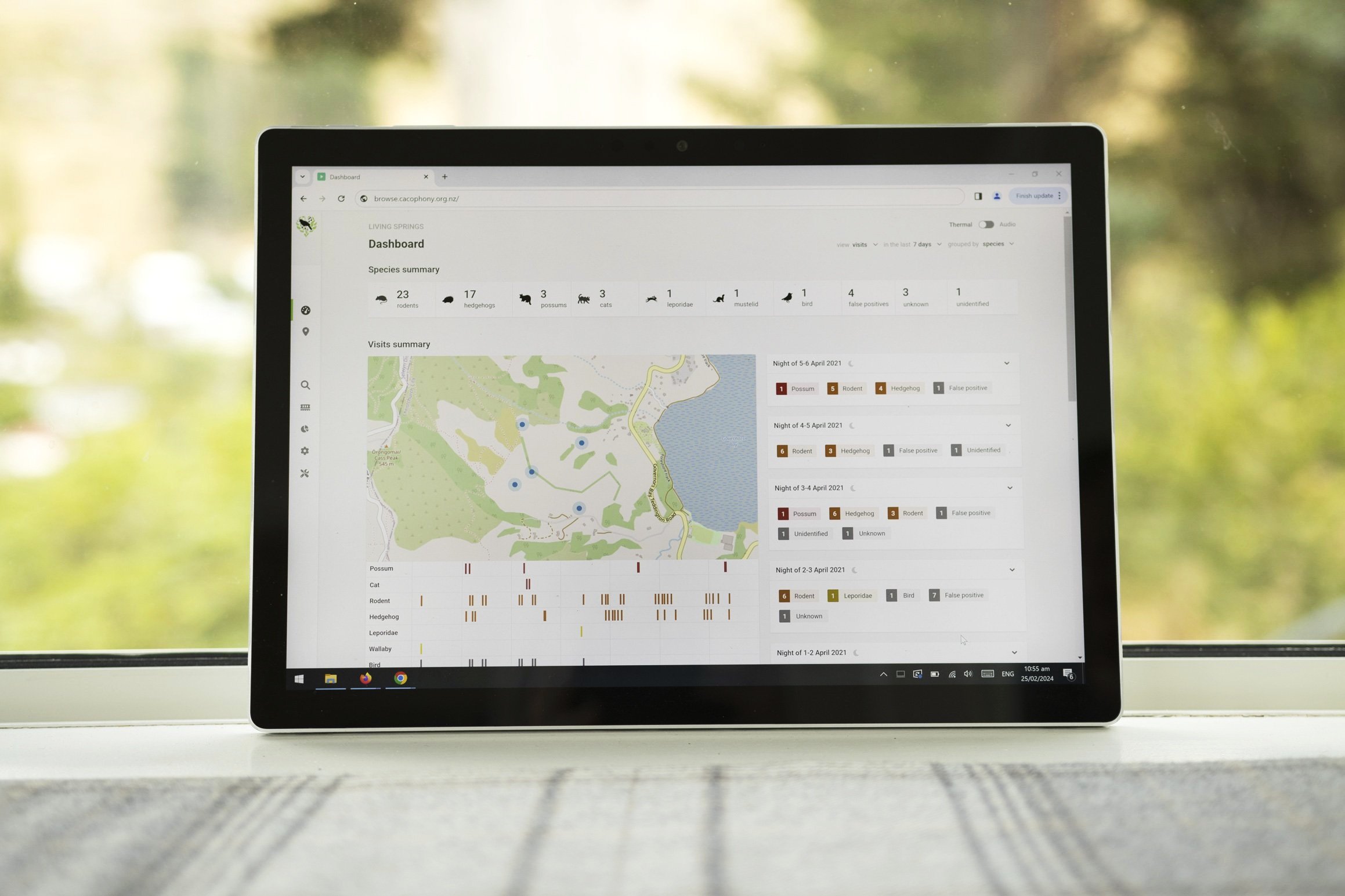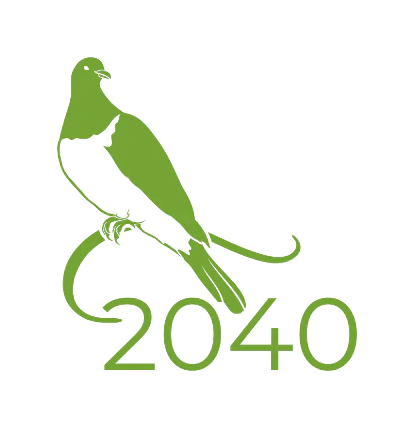
Creating tools
that empower conservationists
to protect our environment
Bringing Back Bird Song
Every day, all around New Zealand, the dawn chorus tells us that our birdlife is one of our greatest treasures. Yet, New Zealand’s native birds are under threat from introduced predators such as possums, rats and stoats.
We are a non-profit, open source organisation using open source tools to develop hardware, software and analysis solutions.
Our goal is to deliver cognified, automated, connected products to give everyone working in conservation the ability to be 10 to 100 times more effective.
We aim to dramatically improve the impact hard working conservationists can make.
Our Projects
Device Design
Thermal Cameras, Bird Monitors, Traps
We design devices specifically targeted at New Zealand’s long term conservation goals
-
Existing trail cameras are designed for larger animals like pigs and deer. Our DOC AI cam is specifically designed for fast moving small animals like mice, rats, weasels, stoats. Even for slower predators such as hedgehogs, cats, and possums, automated identification and notifications deliver big efficiencies.
If you want to know what is going on you need to try one of these. Typically you will see 10+ times more rodents, 3+ times more possums and feral cats. The AI classification means you no longer need to sit through hours of videos or photos but you can immediately get a report of what is out there and how it is changing over time.
-
The easiest way to measure how bird populations are changing.
This automated device makes periodic sound recordings and uploads them to the cloud. These recordings are automatically analysed by our AI to identify the species, detect the volume of birdsong, and be able to track how it changes over time, giving you an objective measure of the impact of predator control or reforestation.
Our current AI identifies over 15 bird species and automatically gives and index of bird numbers providing an automated, trackable baseline to monitor biodiversity.
-
Increasing the interaction rate is key to a trap’s success.
Watching tens of thousands of videos of predators interacting with old style traps convinced us incremental improvements to these will not make much difference. The traditional bait and kill is a bit like fishing with a hook and bait - you can catch lots but will never catch everything. Our new approach is more like a set net that is much more effective at catching everything including the last hard to catch ones.
Custom Software
Online Platform, Mobile App and Notification System
Our platforms and apps provide real-time, automated insights into what our devices see, hear, and do.
-
Our connected, automated ecosystem produces a lot of data. You don’t need to process it by hand.
Data management and analysis is built into our design. No more SD cards and manual data transfer as all data from our devices is automatically uploaded to our monitoring platform (including date, time, and location).
Our dashboards and timeline views give you at-a-glance insight into what’s happening. The range of tools and analysis is continually improving as we get more data and AI tools improve.
-
Fiddling with a small, tricky device interface in the bush is not fun. Our smartphone app (Android & iOS) connects to all our devices and provides a simple configuration interface.
Modern smart devices like speakers, security cameras, lights now typically have an app for doing the setup and monitoring. We have created an app that works with all our devices to that links with our online platform to make setting up, managing, and getting the most out of your devices easy and quick.
-
Email notifications whenever a predator is spotted.
Thanks to the connected, automated nature of the Cacophony ecosystem, you can configure a range of email notifications when:
• A specific species is detected
• Any predator is detected
• A trap has been activated
• A bird call has been identified
• A device needs attention (e.g. battery running low, communication lost etc.)
Knowledge Sharing
Publish articles about how these new tools can be used
We don’t have all the answers but our tools show us what’s going on in an ecosystem. As we find things out, we write brief articles and pose questions.
You can see years of us thinking aloud in our list of blog posts. Our manufacturing partners at 2040.co.nz post some good stuff too.
Our Tools
-

Thermal Camera
The most sensitive predator camera in New Zealand (perhaps the world).
A thermal sensor, automated uploads, AI classification, and real-time notifications.
-

Bird Monitor
This automated device makes periodic sound recordings and uploads them to the cloud.
Our current AI identifies over 15 bird species and automatically gives and index of bird numbers providing an automated, trackable baseline to monitor biodiversity.
-

High Interaction Rate Trap
Increasing the interaction rate is key to a trap’s success.
Our new approach is more like a set net that is much more effective at catching everything including the last hard to catch ones.

Case Studies
Our partners at 2040.co.nz posted some great case studies of how our technology is being used to improve conservation outcomes.
Our trap catches 10 times more cats than other live capture traps in the Cayman Islands.
Rewild Wainui shows how much easier it is to monitor predators and birds with the Cacophony tools
Mamaku highlights how much time and effort the traps and cameras save when protecting a fenced santuary.
Bird monitors on lake Hāwea as a cost effective biodiversity measurement tool.
Thermal camera finds a stoat incursion at Shakespeare Park where other methods (including dogs) couldn’t.
Our Learnings
We’re learning all the time. And we like to share. Over 8 years of learnings are published in our blog. Some of our favourites below.
Testimonials
I really appreciate the ongoing tech support and modifications you’re providing to our team. It is hugely valued and a great comfort when spending up large (for conservation budgets) on new tech tools.
— Matt Maitland, Senior Ranger Open Sanctuaries
It’s a game changer!
— Antony Simpson, General Manager, Mamaku Point
We are all so excited about the possibilities and just wanted to share with you and your team to show how this is making a real-world difference to our conservation efforts here on Norfolk Island
— Allie Nance, NRM Ranger at the Norfolk Island National Park













